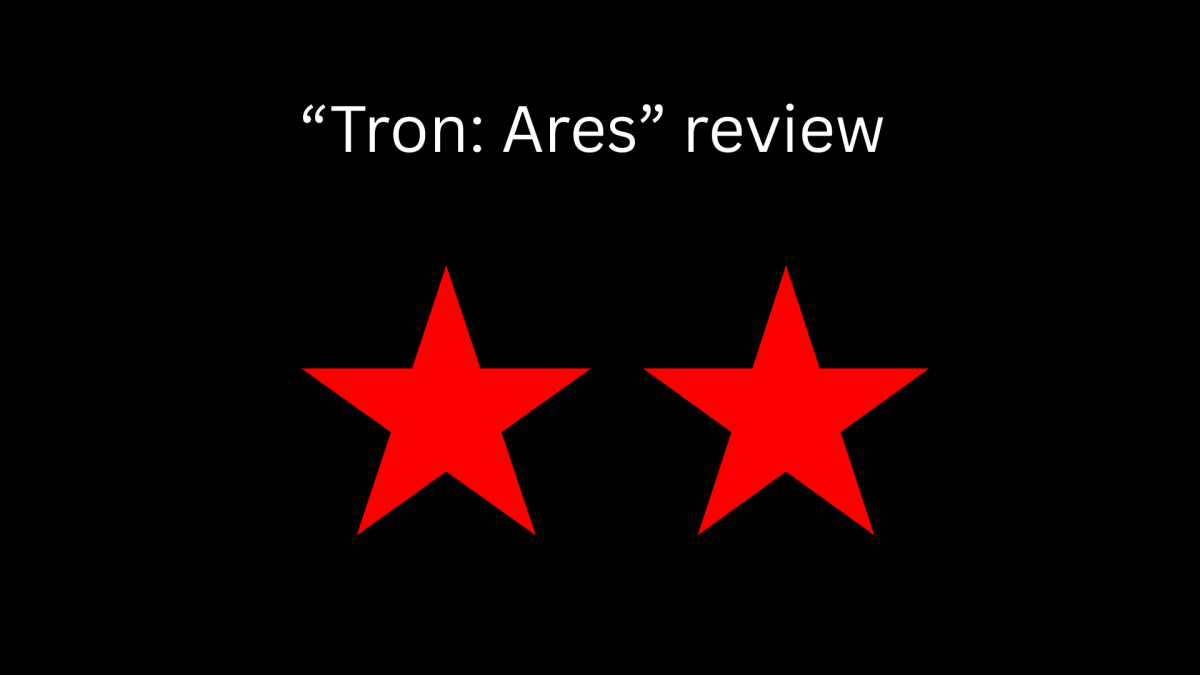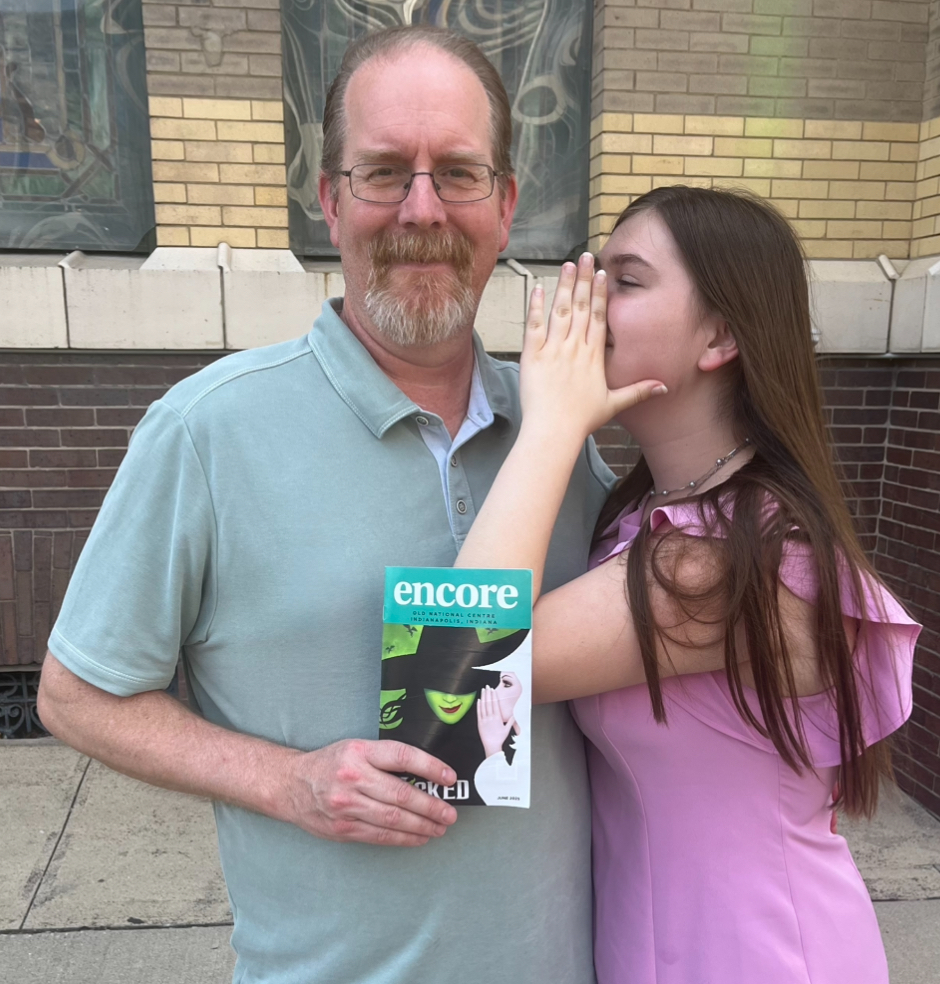Tanner Guillot is a senior and Reporter for the Fishers Tiger Times. His views do not necessarily reflect those of the newspaper.
You do not need my dinky little personal review to tell you that Five Nights at Freddy’s is divisive. One glance at the Rotten Tomatoes page paints the picture immediately; it currently has a 27% from critics, and an 88% from the audience. I could also observe this directly from the audience during my own viewing, witnessing a peculiar mix of both interested and engaged fans alongside confused and bored viewers.
This tale seems to continuously happen with cinematic adaptations. The creators of such films need to simultaneously introduce an unfamiliar audience as well as faithfully portray the material in question (and, by extension, not bore pre-existing fans). Lean too far towards either end of this metaphorical scale, and roughly 50% of the audience is unhappy. I enjoyed this movie, but how much of that is owed to my prior knowledge of FNaF?
Five Nights at Freddy’s features the story of unreliable caretaker Mike Schmidt (Josh Hutcherson) finding himself in desperate need of a job to support his younger sister Abby (Piper Rubio) after an altercation caused by Mike’s traumatic past experiences. An eccentric career counselor (Matthew Lilard) sends Mike to work at a closed-down pizzeria as the security guard. In time, and with the assistance of police officer Vannesa (Elizabeth Lail), Mike discovers that he has a connection with this building, and the animatronics inside.
Fortunately, I would say this film has a backbone beyond just artificial sweeteners like “easter eggs” and “appealing to the fanbase.” For one, I was impressed with how it managed to utilize material accuracy while still telling a complete story (which is a problem I and quite a few others had with The Super Mario Bros. Movie), with proper themes and enjoyable characters. Said themes are actually extrapolated from the stories of the games that came before it, involving subjects such as grief and manipulation. In particular, a message about the importance of a child’s emotions as they learn to express themselves is something you probably would not expect from a movie like this.
Speaking of which, this movie is purposefully humorous and self-aware, while not being an outright parody of itself. There is not a character spouting some undermining “so that just happened!” line, but the creators knew going in that a premise like “murderous pizzeria animatronics” would have an inherent air of silliness to it. As such, this is not really a true “horror” movie, and the level of “tense-ness” varies wildly throughout. Even the scenes that are not blatantly “comedic” have a looming feeling of campiness to them, but even then, the themes of the movie are not compromised, making it feel more “whole;” it is “campy,” but not “schlocky.”
Still, reading this, you can probably understand why the film is critically unpopular. This ties back into what is the movie’s biggest hindrance: confusing an unfamiliar audience. Not to spoil, but there were multiple elements of the story that confused some of my family (and, I imagine, a lot of professional film critics), which I mostly understood. The movie relies on a clued-in fanbase a little too much. And, generally speaking, to advertise FNaF purely as “horror” is not wholly accurate, and this is probably what hurt the film most for uninformed viewers.
So, with all of this in mind, I struggle to wholeheartedly recommend the movie. Your enjoyment of this movie is going to vary depending on two key factors; prior knowledge of the series’ general tone and elements, and personal enjoyment of “camp horror.” If you can get behind it, or just want to give an interesting little movie a try (it is already available to stream on Peacock!), give Five Nights at Freddy’s a shot.















